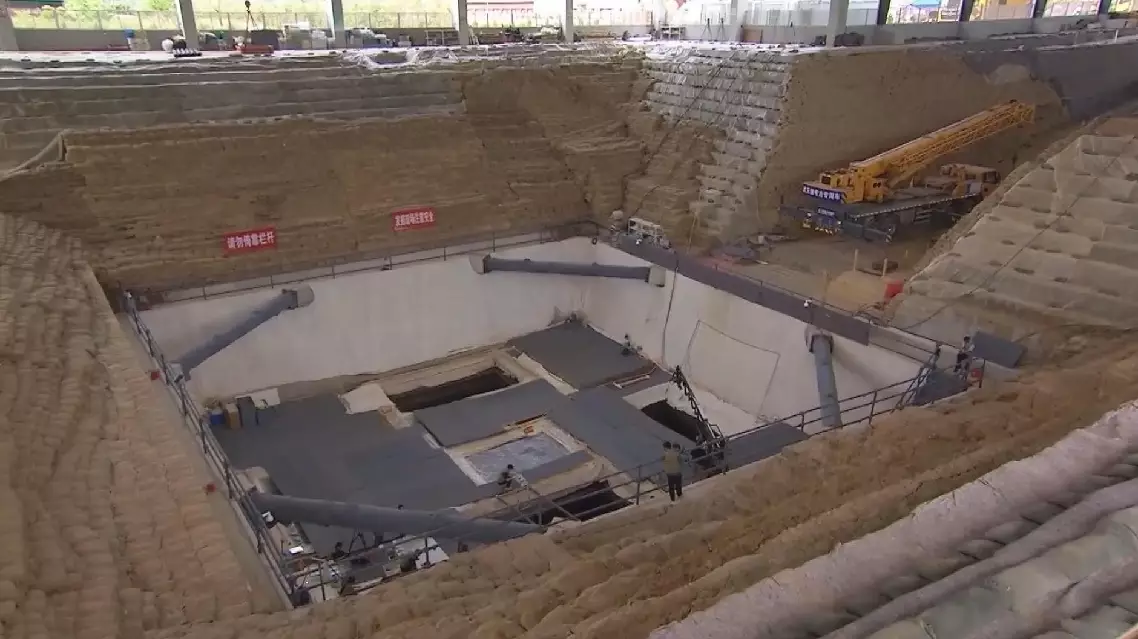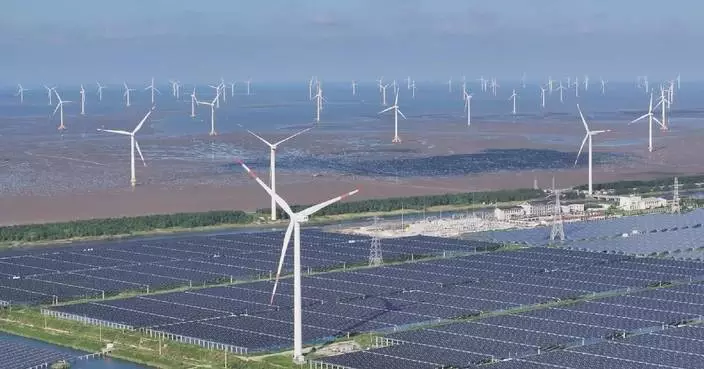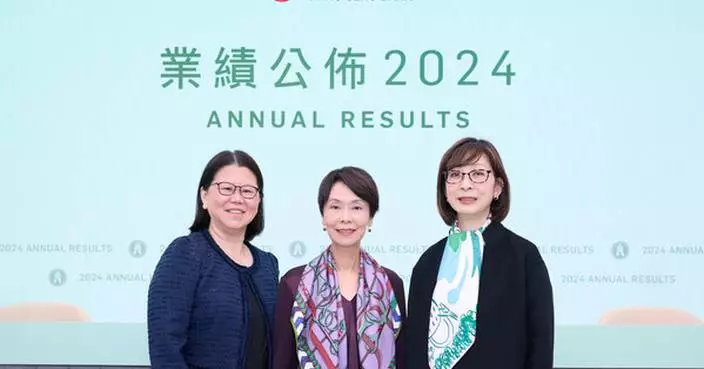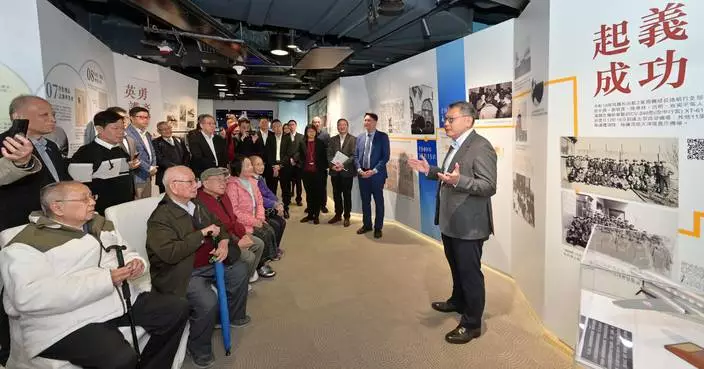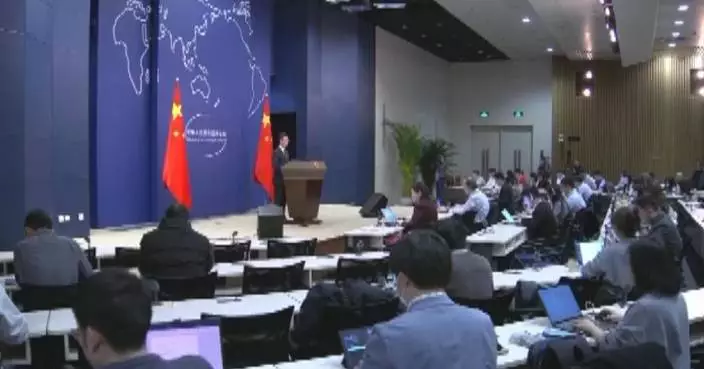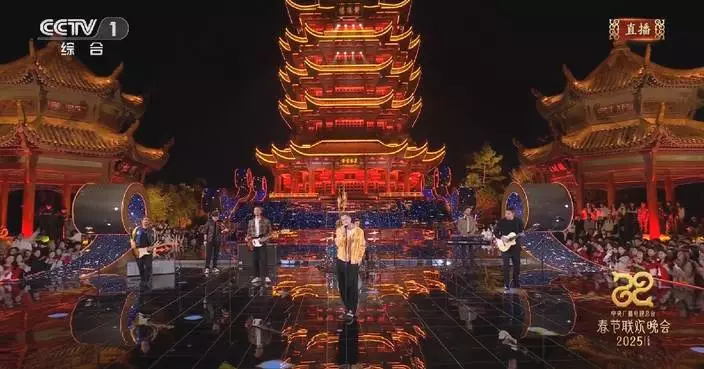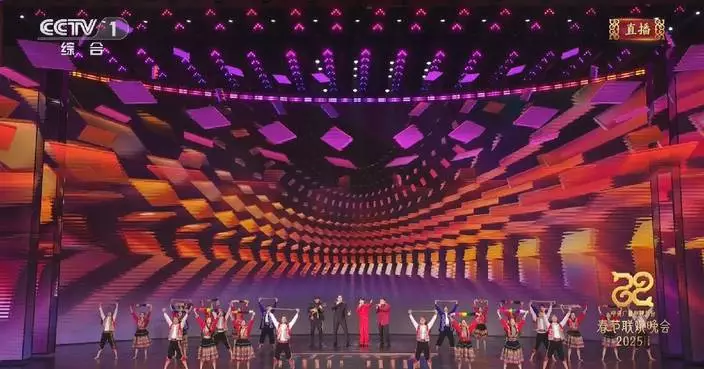The rise of the Chinese AI company DeepSeek is a positive development for the global artificial intelligence (AI) landscape, as increased competition across the industry will help drive costs down and deliver greater innovation, according to the head of a London-based AI advocacy group.
Toju Duke, an author and entrepreneur who is also the founder of Diverse AI, a non-profit organization working to support and grow diversity in the field of AI, gave her assessment on the recent developments of DeepSeek, which have sent shockwaves through the technology industry.
Founded in 2023 and based in east China's tech hub of Hangzhou, DeepSeek has rapidly gained global attention after launching its latest AI model earlier this month. The model has been lauded for its advanced reasoning capabilities which rival leading AI systems such as OpenAI's ChatGPT, but at a fraction of the development cost.
The sudden rise of DeepSeek caused a sharp decline in the stock prices of major tech companies, including Microsoft, Meta, and Nvidia, on Monday, while a former Google CEO described it as "a turning point" in the global AI race.
In an interview with the China Global Television Network (CGTN) on Tuesday, Duke gave her take on the buzz which is surrounding the Chinese-made AI system.
"It's going to be all over the news. And every single moment I go on my phone or my computer, I'm just seeing more news about DeepSeek. DeepSeek is built on the transformer models which was introduced by Google a few years ago. And large language models, generative AI, is all being built in transformer models. So you hear in the news, read in the papers, that they just did some more research work on this to see how they can actually cut costs down and still develop a very strong large language model that is on par to the existing ones and has more reasoning capabilities and can pass all the benchmarks that are out there for large language models," she said.
The latest open-source model DeepSeek-R1 has achieved an important technological breakthrough in using pure deep learning methods to allow AI to spontaneously emerge with reasoning capabilities.
More impressive is that the training cost of DeepSeek-R1 reportedly amounted to a mere 5.6 million U.S. dollars, a figure that stands in stark contrast to the hundreds of millions - or even billions - of dollars invested by American tech giants like OpenAI, Google, and Meta.
Duke believes that DeepSeek's emergence marks a pivotal moment in how AI models can be developed at a more affordable level, emphasizing that stronger competition from outside the traditional tech hubs like Silicon Valley will help drive development and innovation.
"For those in Silicon Valley, it just shows that competition is here to shake [up] the game, which is important. It's important to have more competition. It's important to have more market share. It drives more advancements in the technology and hopefully businesses can get to see return on investment. Because we all know that AI costs a fortune to build, and even for small businesses, large corporations, people outside big tech, if they do want to implement AI, it's actually costing a lot of money. Having some competition is great and having competition outside Silicon Valley is even more beautiful," said Duke.

DeepSeek positive for global AI landscape as competition benefits industry development: UK expert




